| Structure | Name/CAS No. | Articles |
|---|---|---|
 |
Methanol-d4
CAS:811-98-3 |
|
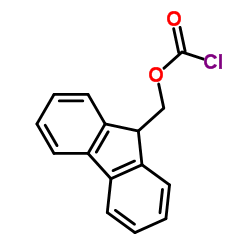 |
9-Fluorenylmethyl chloroformate
CAS:28920-43-6 |
|
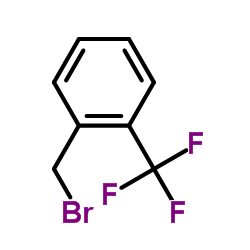 |
1-(Bromomethyl)-2-(trifluoromethyl)benzene
CAS:395-44-8 |
|
 |
α-Bromo-2-iodotoluene
CAS:40400-13-3 |
|
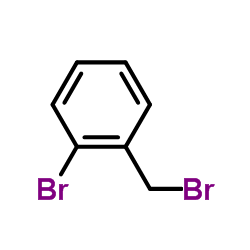 |
4-Bromobenzyl bromide
CAS:3433-80-5 |
|
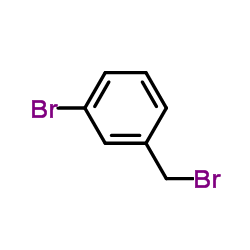 |
3-Bromobenzyl bromide
CAS:823-78-9 |
|
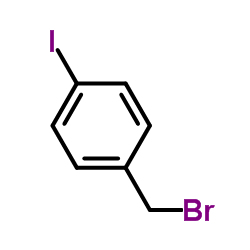 |
4-Iodobenzyl bromide
CAS:16004-15-2 |
|
 |
3-Fluorobenzyl chloride
CAS:456-42-8 |
|
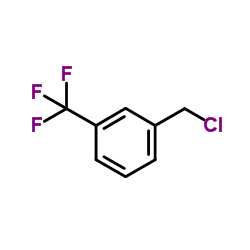 |
3-(Trifluoromethyl)benzyl chloride
CAS:705-29-3 |